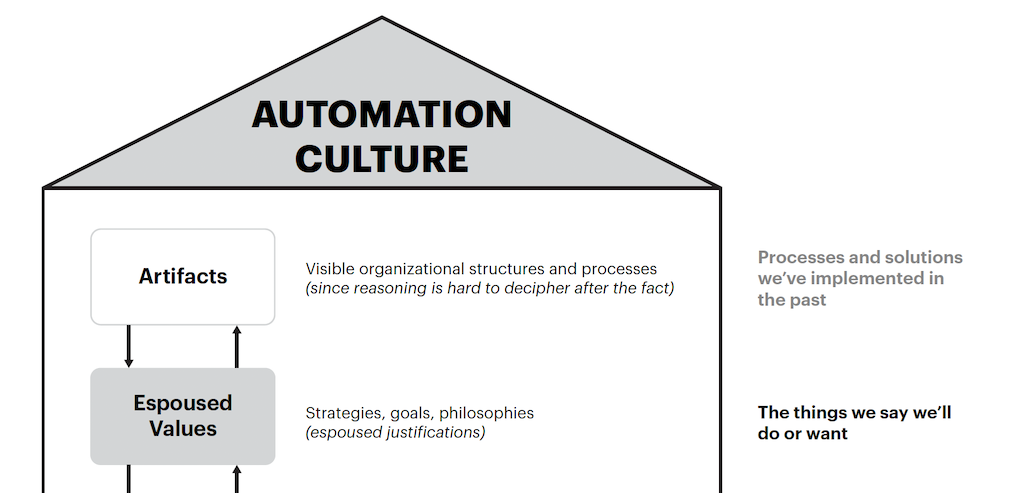Avoiding complicated lockout/tagout procedures will enhance compliance, safety.

One of the most important and fundamental safety policies workers must follow is lockout/tagout (LOTO). Electrical workers share the goal of creating electrically safe work conditions, and proper LOTO procedures must be used to control all types of energy. Still, achieving an electrically safe work condition can become a complicated endeavor for workers that operate at multiple company locations with varying LOTO programs.
While there are six basic steps in the LOTO process, LOTO often is not executed properly because of differing site administrative processes. Many times, the LOTO administrative process is overly complicated and different from what employees have been trained on by their company. Some LOTO programs do not allow physical locks to be used; some require the use of a LOTO supervisor and signed clearances; others require the use of many differently colored locks. The end goal is always to provide each individual worker a physical barrier against hazardous energy. As a best practice, it is important to train electrical workers to understand all potential LOTO practices that they may face at various company sites around the world. As a company, GE also has implemented these best practices to insure that employees can establish an electrically safe work condition when faced with these challenges.
Looking at five years of electrical incident investigations, GE found that that the single largest unsafe act is “Failure to Execute LOTO.” Approximately 53% of these incidents occurred during service work at customer locations, with 59% of incidents caused by not performing LOTO and trying to do the work while energized. Nearly 20% of incidents were caused by a lack of proper verification of zero energy. Looking at this data, trends started to appear as to why electrically safe work conditions were not achieved in these situations.
Building a safety culture
One challenge to a LOTO program is the safety culture of the workers and our industry history of trying to work energized to avoid shutdowns and maintain efficiency. The past bias was to work on energized equipment to prevent outages. Now, the new bias is to engineer the hazard out of the process and to work de-energized during most electrical tasks that involve a repair.
This change can partially be explained by the increased focus on worker safety over the past 20 years and the increasingly dangerous power available in today’s modern electrical systems. This new bias can be driven by the implementation of an Energized Electrical Work Permit (EEWP) program. A properly implemented EEWP program requires that repairs on electrical components be performed de-energized unless de-energization can be deemed infeasible.
It is important to state that infeasibility is not defined as inconvenient. Today, it is difficult to find electrical sources that cannot be turned off and it is, therefore, difficult—if not impossible—to prove infeasibility. The goal of an EEWP program is to prohibit employees from performing energized repair work, and when energized work can be justified, it helps to ensure additional risk assessment and administrative defenses are implemented for electrical workers.
Keeping it simple
LOTO processes need to be kept simple for them to be implemented properly. Workers are trained on the basic steps of LOTO. When additional steps or administrative controls vary, workers can become confused. GE workers, for example, recently came across an overly complicated LOTO process in which individual workers were not permitted to hang their own lock/tag and only one person (LOTO supervisor) controlled the energy source through a high-voltagework permit process.
This practice was contrary to most LOTO programs and raised concerns initially with most workers. In this case, there was a LOTO process to manage low-voltage sources and a different administrative process to manage high-voltage sources on the same project. The workers did not fully understand the program differences and did not receive training on both processes in the project planning phase.
Typically, these two processes work together well, but an administrative error caused the workers to believe they were protected from all energy sources when they were not protected properly on the high-voltage equipment. The worker in this situation believed that all steps of LOTO were complete and included all energy sources in their walk down and verification. Because the workers completed a low-voltage LOTO log identifying all sources of energy, they believed they were protected by the LOTO and began work.
Later that day, it was identified that the high-voltage equipment was not controlled by the LOTO log and the walk down of energy sources and verification of zero energy did not identify a problem because it was locked out for another contractor. This error was caused when the administrative procedure on-site was not followed and one lock and tag was permitted protecting multiple contractors. Fortunately, the near miss was raised, investigated and addressed immediately. The use of a simple LOTO program employing individual worker locks and tags would have prevented this from occurring.
Normally, an authorized LOTO worker will use a red lock and danger tag to signify they are actively working on the equipment and it cannot be energized. Yellow locks also are common and are used with yellow tags to signify that the equipment must be kept in a zero-energy state, but it is not actively being worked on.
One overly complicated example of LOTO processes involved the use of five different colored locks and tags on one site. Each color signified a different communication purpose—with red being used for active LOTO and other colors like blue and black used to communicate why the equipment was shutdown and which department installed the lock. Gold locks were used for transition and black locks were for general group LOTO situations.
When interviewing workers who operated under this process, no single worker could explain the need for each of the five lock colors. This resulted in the site process not being followed due to lack of understanding of complicated lock color coding. This is a prime example of why a LOTO program needs to be simple for workers to follow, while still offering adequate protection.
Scenario planning and training
While it is always preferred that workers are protected by their personal lock and tag placed on a source, there are many different LOTO programs which do not include or allow for this preference. In this case, a physical barrier is needed and additional measures must be taken to ensure accidental activation of an energy source will not result in worker injury (this is referred to as tag plus).
GE, for example, has trained field workers to understand different LOTO programs and has developed employee guidance on how to manage specific LOTO scenarios. Each scenario explains the correct steps to ensure an electrically safe work condition given the type of LOTO program that must be followed. This also includes criteria for stopping work when a LOTO process does not protect workers from a source of energy (critical steps).
In addition, field workers create an equipment-specific LOTO procedure to make sure every LOTO step is followed. These procedures also can include grounding of electrical conductors when determined necessary. This document ensures LOTO continuity between many workers and that all steps of the LOTO process are completed.
Another practice that helps to protect workers is the use of a yellow lock and yellow and blue striped transition tag. A transition lock and tag are used when equipment must remain under LOTO, but a worker is not actively working on the equipment—for example, when it is unsafe to energize this equipment between work shifts. A red lock and tag are used to communicate that the equipment is actively being worked on.
At the end of the shift, the worker would remove the red lock and tag and place the transition lock and tag on the source. At the beginning of the next work shift, the worker then must walk down the LOTO, place a red lock and tag on the source and verify zero energy again. This allows for LOTO continuity between different workers and forces the worker to walk down and verify zero energy at each source and each shift.
All practices must be communicated in training programs and regular refresher courses for employees working on job sites. Detailed and applicable training has the single largest positive impact on any LOTO program. It shapes the process thatworkers follow, and training to these different scenarios arms workers with knowledge of what to do when faced with differing and complicated LOTO programs.
Effective adherence to LOTO safety practices is supported by building a culture of safety, keeping processes and communications simple and supplementing these processes with training and scenario planning supports. In the end, this comprehensive, yet streamlined, plan provides a safer work environment for all involved. Due to the complexity of different LOTO programs and the potential for human error that comes with it, it is imperative that workers performing LOTO always verify zero energy initially and often, test before touch, during work, and ensure temporary protective grounds are installed for protection. This is the last defense against hazardous energy.
Best practice in LOTO
Here are a few best practices for reconciling and managing lockout/tagpout (LOTO) policies across a job site with multiple companies
- Hold a review and compare all applicable procedures and identify discrepancies
- Create a mitigation plan as to how variances to your plan will be addressed. For example: train your employees on processes that are different from your normal operating procedure and confirm variances meet or exceed employees’ current operating procedures.
- Verify zero energy initially and often.
- Ensure temporary protective grounds are installed.
William Todd Burns is an environmental health and safety manager for GE Energy Management’s North American Services business. Greg Foust is a senior field engineer and electrical safety champion for GE’s Industrial Solutions business.



